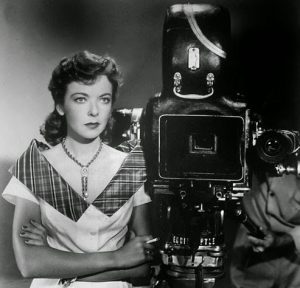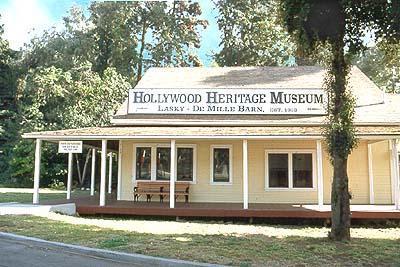Last Friday we had the privilege of attending a screening of an Ida Lupino film, “The Hard Way,” courtesy of the UCLA film archive. If you’re lucky enough to have learned about Ms. Lupino in film school, or perhaps stumbled upon her vast body of work on your own accord, you’ll know that she is responsible for writing, directing, and playing an astoundingly wide array of badass, complicated, oftentimes ruthless female characters. In the course of more than 50 films, she was a spiteful Cockney in “The Light That Failed” (1939), a crazed wife in “They Drive by Night” (1940), a loyal girlfriend in “High Sierra” (1941), an escaped convict in “The Sea Wolf” (1941), a steely murderer in “Ladies in Retirement” (1941), a depraved warden in “Women’s Prison” (1955), a sob-sister columnist in “While the City Sleeps” (1956), a world-weary mother of a rodeo star in “Junior Bonner” (1972), and so, so much more. In short, she transcended her breakout role as a Hollywood star. She was an ambitious writer, fierce performer, pioneering director, and, dare I say…feminist icon!
She is also celebrated for directing a handful of provocative, socially relevant films, which entertained themes such as illegitimacy, rape culture, prostitution, teen sex, women’s health issues, bigamy, and pathological murder. In order to do so, she and Collier Young, an executive producer who was her husband at the time, founded The Filmakers [sic]— an independent production company for which she directed candid films with feminist themes. Let me ask you this: WHO else was doing this kind of thing in Hollywood in the 50s? Perhaps no one has a legacy quite like hers. So why does it feel like this amazing woman, one of the first truly prolific female directors in American cinema, still exists in the shadow of her male counterparts? This question could not be more apt, given the fact that the 100th anniversary of her birth coincides with an extraordinary shift in Hollywood gender dynamics. As if to say, now is a PERFECT time to celebrate her achievements, and honor the path she blazed for women directors. Which is exactly what the UCLA film archive aimed to do by screening “The Hard Way,” a film that follows a complex relationship between a pair of talented and driven sisters as they navigate stardom and excess.
As I sign off today I cannot help but feel lucky. Lucky that I am entering the entertainment industry when I am, during such a seismic shift in Hollywood. Lucky that I’ve already had the opportunity to work with inspiring female mentors, professors, and peers (here’s looking at you, my 99% female thesis class!!!) And of course, lucky that people like Ida Lupino came before me, fearlessly yet humbly, with rich talent and amazing stories to tell.
-Mari

